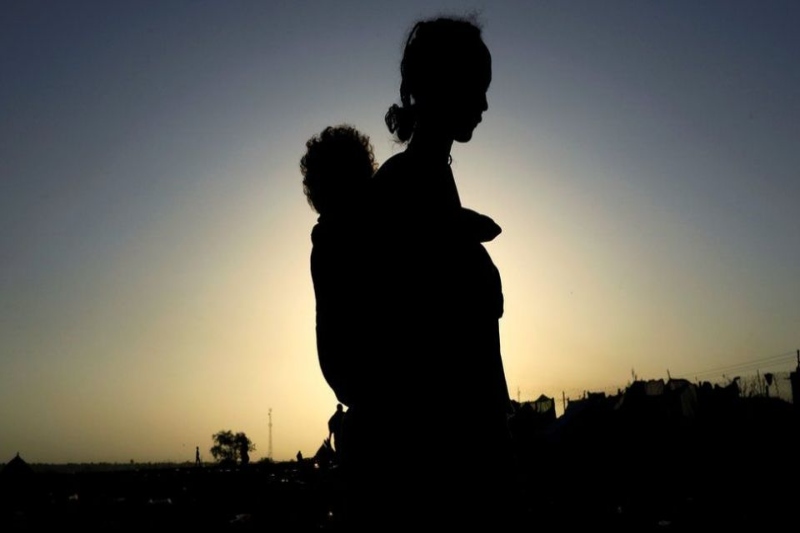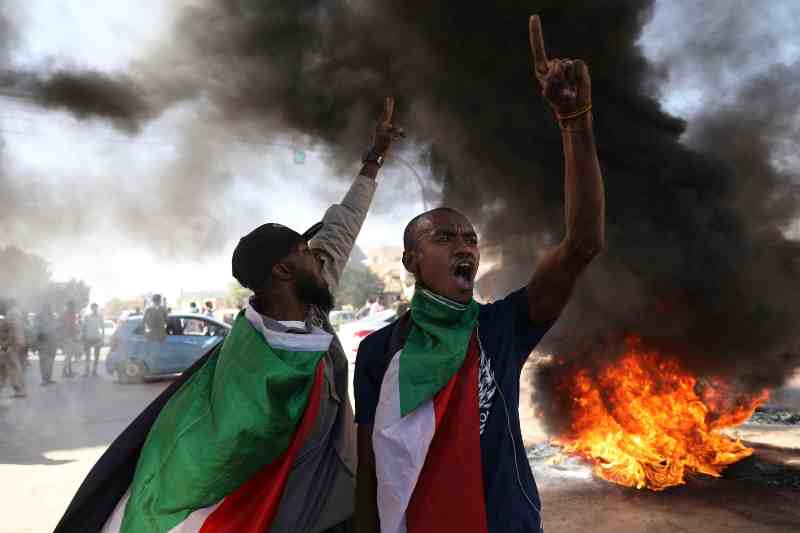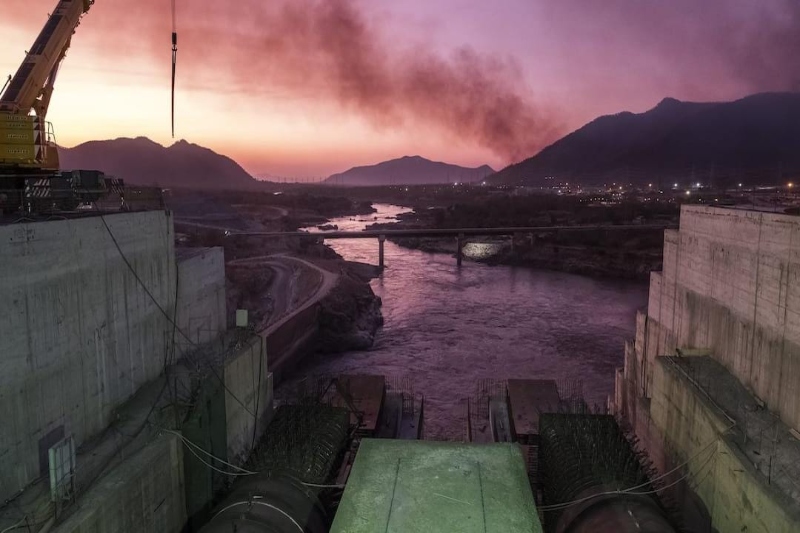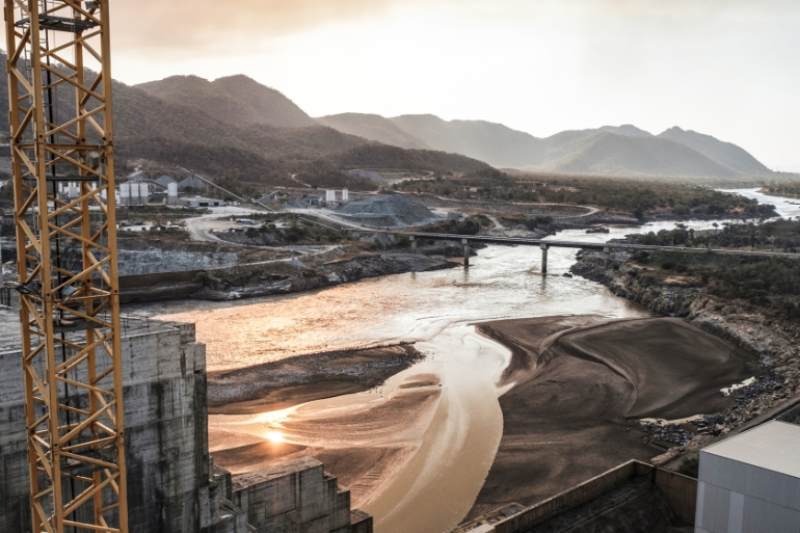
Tigray crisis: ethnic dimension to conflict sparks fear of racial cleansing in Ethiopia
Last updated on May 13th, 2022 at 06:17 am
Tigray crisis: Ethiopia is under rampant and aggressive conflict in the Tigray region led by long time friction between the Tigray People’s Liberation Front (TPLF) and the government led by Prime Minister Abiy Ahmed. The offensive led by Abiy Ahmed makes it clear emphasizing that the conflict is against the ‘criminal’ dominant party in the northern Tigray region, TPLF. But recent reports from Ethiopian citizens tell an entirely different story. The citizens inhabiting the region claim of an ethnic dimension and racial profiling in the ongoing conflict. The government, however, has rejected of any such activities and has instead argued that any action in the region is backed by a security reason.
Also Read: Somalia Elections: Sharif Sheikh Ahmed’s candidacy brings new hope for stability
Many people in the security forces and military have reported of being ordered to stay home and have been stripped off weapons. One such female officer, employed in police forces for over 20 years, has come forward with her story. She shares of being part of TPLF before joining police. Two days after fighting began between two sides, she received orders from superiors to “hand over all government property and my firearm.” Similarly, many senior ranking officials who are Tigrayan, too have been given same orders.
Government hasn’t cleared the allegations but has condemned any such actions if true. Mamo Mihretu, senior advisor to PM Abiy Ahmed said, “There is a clear instruction to the security agencies to take their measures based on risk and actionable intelligence.” He added that actions were aimed at “hardliners – disgruntled and reactionary elements of the TPLF.”
Few soldiers with long service in federal forces too have reported of being singled out due to their Tigrayan ethnicity. This has come out as a shock as Abiy Ahmed, last year’s winner of Nobel Peace Prize, since coming to power in 2018 has stressed on national integrity and unity while respecting individual rights and identities of Ethiopian people, country which has 10 federal states of separate ethnicities. The fallout as a result of conflict has raised questions on Ahmed’s ability to follow the initial position.
Another shocking incident has come to light. A soldier shares that he was detained in a warehouse along with at least 90 armed forces soldiers who were Tigrayan. They were detained by fellow soldiers and were treated as ‘prisoners of war’. He added, “It was only the Tigrayans who were disarmed and detained together. So, it’s obviously based on our ethnicity.”
Detained soldiers and officials include the veterans who were a part of the 1991’s struggle of TPLF against Marxist dictator Mengistu Hailemaiam. After he was toppled, TPLF became a strong political entity in Ethiopia. But after Abiy Ahmed came to power, the TPLF was sidelined. Veterans who had served in African Union in Somalia too are among the detained officials.
Tigrayans constitute 6% of the total Ethiopian population. Other major ethnic groups in the country are Oromo (34%), Amhara (27%), Somali (6.2%), Sidama (4%), Gurage (2.5%), Wolayta (2.3%) and Hadiya (1.7%).
But the ethnic profiling accusation is not limited to military and police officers, but also civilians. The homes of Tigrayan civilians are being searched by armed forces, their bank account documents seized and capturing people.
UN’s World Food Programme (WFP) officials have said that they were approached by police officers at the Amhara office and asked them of details of their employees along with birthplaces.
The fear is that if the conflict extends then ethnic profiling can be a big problem with looming fear of ethnic cleansing.
Meanwhile, Prime Minister Abiy Ahmed has urged international community to “standby until the government of Ethiopia submits its request for assistance”.
Deadline set by government for rebels to surrender is set to expire on Wednesday. This will mark three weeks of ongoing fighting in Tigray region.




